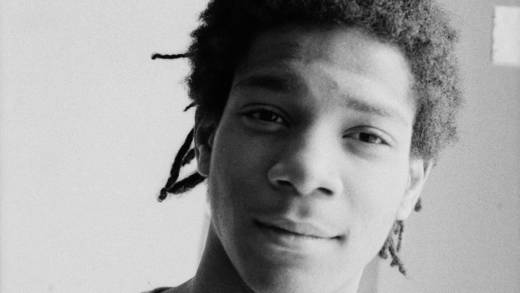You won’t hear the young Basquiat say a word in Sara Driver’s new documentary. Boom for Real: The Late Teenage Years of Jean-Michel Basquiat circles the young artist in a nonlinear collage of found footage combined with reminiscences from the urban glitterati who knew him during his formative years. It’s as much an impressionistic snapshot (running a 78 brisk minutes) of the late artist’s friends and lovers as it is of a city regenerating itself from a period of decline. If you’re looking for a straightforward approach to Basquiat’s history or facts about his family, Tamra Davis’ 2010 film Jean-Michel Basquiat: The Radiant Child is a better bet.
“They’re nice companion pieces with each other, they fill in holes for each other,” Driver says in a phone interview. “I was doing something very different than what she did.” She remembers Adam Kurnitz, her editor saying, “‘Sara, did you see Radiant Child?’ and I said, ‘Of course I did, but we’re not doing that.'”

The film critic Jonathan Rosenbaum once compared Driver’s work to the surrealist painter Remedios Varo. “From the very beginning, the editors and I talked about keeping him as a ghost, and a memory,” Driver says, and the artist-to-artist comparison makes sense.
In this particular film, Driver’s dreamy ellipses and animated photographs come from an archive of Basquiat’s work that his ex-girlfriend Alexis Adler found in the apartment they shared from 1979 to 1980. That treasure trove was forgotten until Hurricane Sandy flooded Adler’s New York neighborhood.
“The photographs Alexis took of him that are so playful, and so beautiful,” Driver says. These portraits, the filmmaker says, offer a glimpse not just “at his beginnings as an artist, but into our city in general.”

“Because of this curiosity people have about how he developed and found his way as an artist, Alexis’s archive was the insight into that process,” Driver says.




